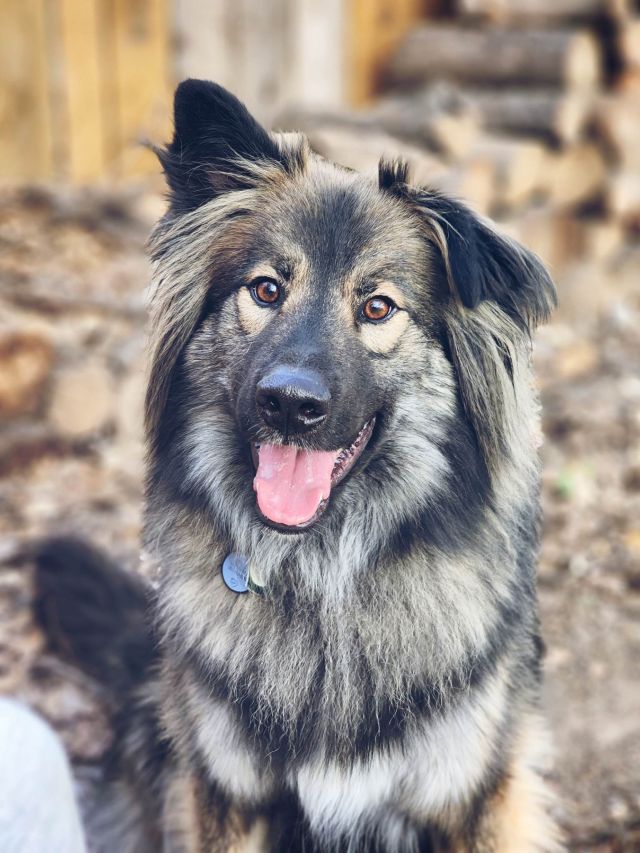October 2011 – Common Dog Training Terms
(Or Speaking the Lingo of Other Dog Enthusiasts)
Part 2 of 3
Continuing our exploration of common dog training terms, here are a few more for this edition of “Tracey’s Training Tips.” Again, I have chosen terms that I commonly use and have tried to keep the definitions simple.
Luring: A training technique where the trainer “lures” the dog into a desired behavior. For instance, a trainer puts a treat near a dog’s nose, then moves the treat up over the dog’s head until the dog naturally sits down, thereby creating the behavior of “sit.”
Capturing: A training technique where the trainer waits until the dog happens to do a desired behavior, then marks and rewards (M&R) the dog in that position or activity to teach him to do it. For example, a trainer can M&R when a dog is already lying down with a verbal cue and treat, thereby “capturing” the behavior of “down,” until eventually the dog does it on cue.
Shaping: Another training technique where the dog gets a M&R for doing specific actions (called approximations) that will eventually lead to the final, desired behavior. For example, when teaching a dog “place,” he gets a M&R when he puts one foot on his bed, then when he puts 2 feet on his bed, and then when he puts all his feet on a bed, until he has eventually learned the desired behavior of “place.”
Chaining: This is done when a trainer teaches a dog a series of behaviors that will all fit together into one activity. Typically, the behaviors are taught in reverse order (back-chaining) with the last behavior being taught first. For instance, if you want to teach your dog to bring the newspaper to you, in back-chaining, you would start by teaching him to hold the newspaper in his mouth in front of you and then teach each behavior that leads to that moment in reverse order.
Modeling or Guided Learning: Yet another training technique where the trainer physically assists the dog with doing the desired behavior. This can be seen when a trainer is teaching “sit” and touches the tail area of the dog to encourage the dog’s body into a sit position.
Proofing: This is when a trainer cues a dog for a behavior numerous times, in all sorts of environments, and under all kinds of conditions with the intent of making the behavior 100% reliable when cued.
Remember to have fun with it! Dogs love learning new things!
Content Copyrighted 2011. Tracey Derheim. All Rights Reserved.

